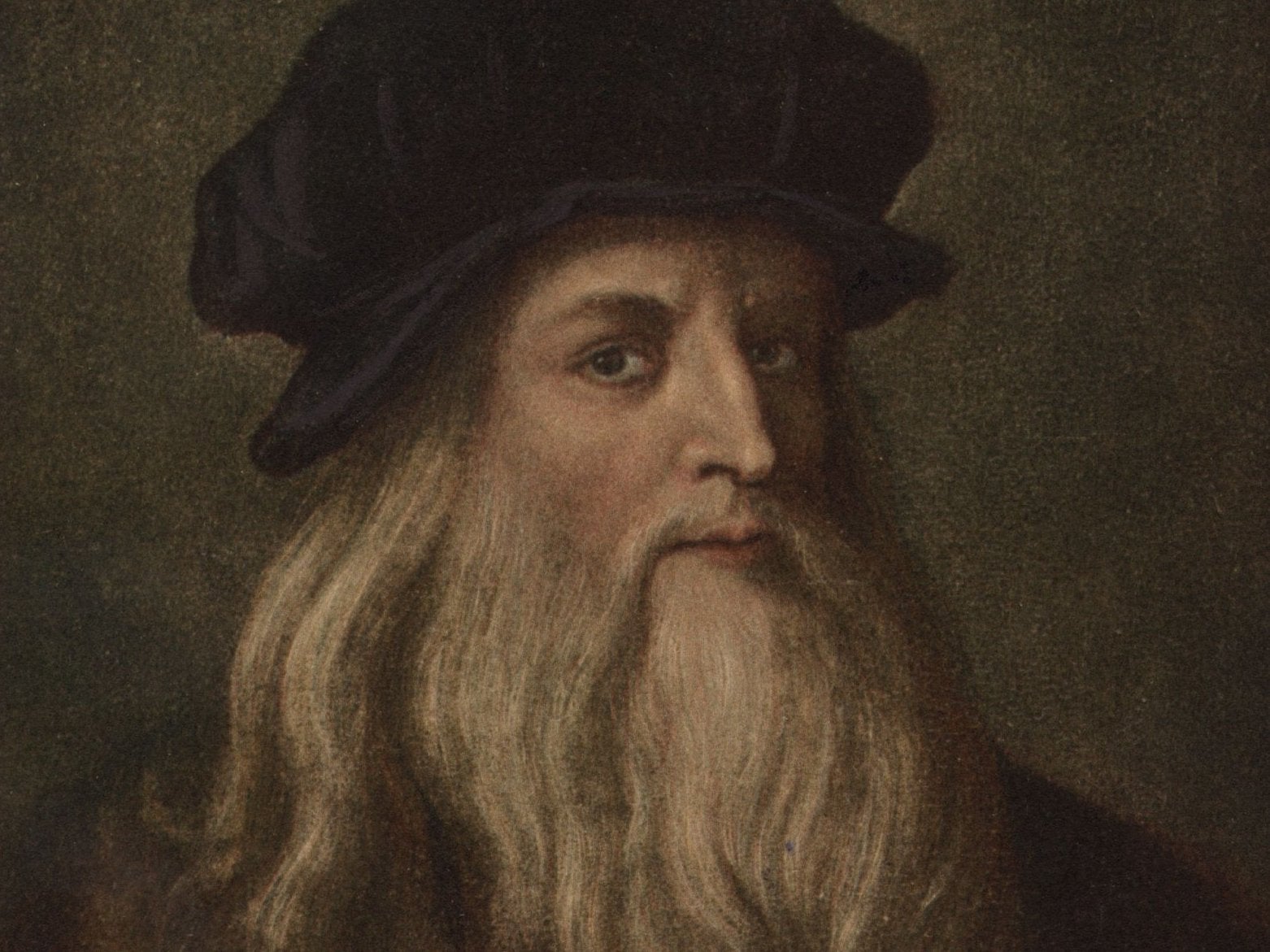Leonardo da Vinci ‘unable to finish Mona Lisa after severe fainting episode left him with claw hand’
Although the Renaissance artist drew with his left hand, it’s believed he painted with his right and that an injury forced him to leave many of his works incomplete

Your support helps us to tell the story
From reproductive rights to climate change to Big Tech, The Independent is on the ground when the story is developing. Whether it's investigating the financials of Elon Musk's pro-Trump PAC or producing our latest documentary, 'The A Word', which shines a light on the American women fighting for reproductive rights, we know how important it is to parse out the facts from the messaging.
At such a critical moment in US history, we need reporters on the ground. Your donation allows us to keep sending journalists to speak to both sides of the story.
The Independent is trusted by Americans across the entire political spectrum. And unlike many other quality news outlets, we choose not to lock Americans out of our reporting and analysis with paywalls. We believe quality journalism should be available to everyone, paid for by those who can afford it.
Your support makes all the difference.Leonardo da Vinci may have been unable to finish the Mona Lisa after a fainting episode left him with severe injuries to his arm, a new study suggests.
Although the Renaissance artist drew with his left hand, it’s believed he painted with his right and that an injury forced him to leave many of his works incomplete.
It had previously been suggested that he suffered a stroke in the late stages of his career, which weakened the right side of his body, with both biographical evidence and portraits supporting the idea that he developed a condition “that affected his ability to hold palettes and brushes to paint with his right hand”.
However, new research published in the Journal of the Royal Society of Medicine pointed to a portrait of da Vinci with his right hand in a ”suspended in a stiff, contracted position”, wrapping in clothing like a sling.
Co-author Dr Davide Lazzeri, a specialist plastic reconstructive and aesthetic surgeon at the Villa Salaria Clinic in Rome, said: “Rather than depicting the typical clenched hand seen in post-stroke muscular spasticity, the picture suggests an alternative diagnosis such as ulnar palsy, commonly known as claw hand.”
He further suggested that a syncope, or fainting episode, could have caused trauma to da Vinci’s right upper arm. The ulnar nerve runs from the shoulder to the finger and manages intricate movements of the hand.
“This may explain why he left numerous paintings incomplete, including the Mona Lisa, during the last five years of his career as a painter while he continued teaching and drawing,” Dr Lazzeri added.
Join our commenting forum
Join thought-provoking conversations, follow other Independent readers and see their replies
Comments